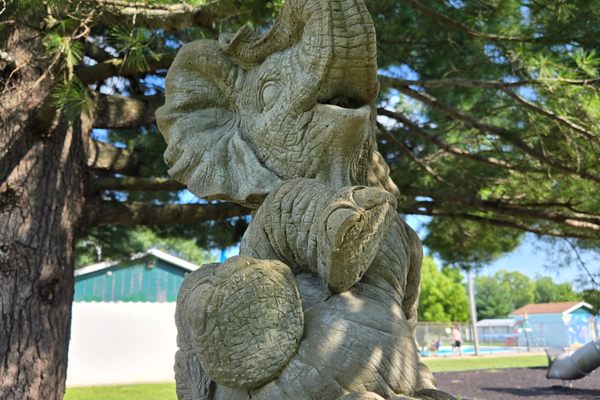About
When dinosaurs walked - or in this case, swam - the earth, they reigned supreme. Now long dead, their remains lay hidden beneath layers of earth, waiting to be discovered. This one was lucky enough, not only to be discovered, but to have an entire museum built around it.
The hills around Villa de Leyva are littered with fossils, remnants of a time when the arid landscape was bubbling away under a couple fathoms of seawater. Finding small fossils was a daily occurrence. But one afternoon in 1977, some local farmers stumbled across the massive, near-complete skeleton of a Kronosaurus, a Cretaceous-period relative of the crocodile. In a tiny hamlet such as the one in which El Fosil is situated, this was big news, so the community made the decision to preserve and educate by building a museum around the behemoth.
Stretching around 7 metres long from the tip of its nose to where the vertebrae of the tail would begin, the fossil is dated at about 110 to 115 million years old. The hypothesis is that the poor beast swam too close to the coast and beached itself in the mud, and that the tail and back left flipper are missing due to other predators or scavengers carrying them off.
The museum is more or less just the one room. Cases displaying a sizeable collection of smaller marine fossils line the walls, including skeletons of dolphinlike Icthyosaurs, prehistoric tubeworms, and a whole lot of ammonites.
Related Tags
Know Before You Go
Take a buseta towards Santa Sofía, telling the driver that you want to get off at El Fósil. From the roadside it's about a ten-minute walk.
Colombia Discovery: Coffee, Art & Music
Explore Colombia's depth: art, history, culture & transformation.
Book NowPublished
December 23, 2011






















